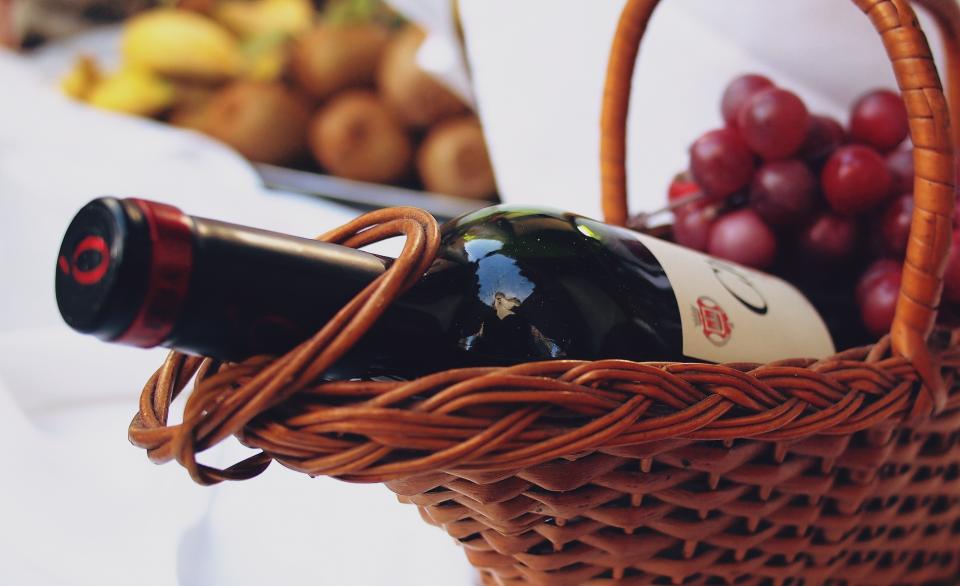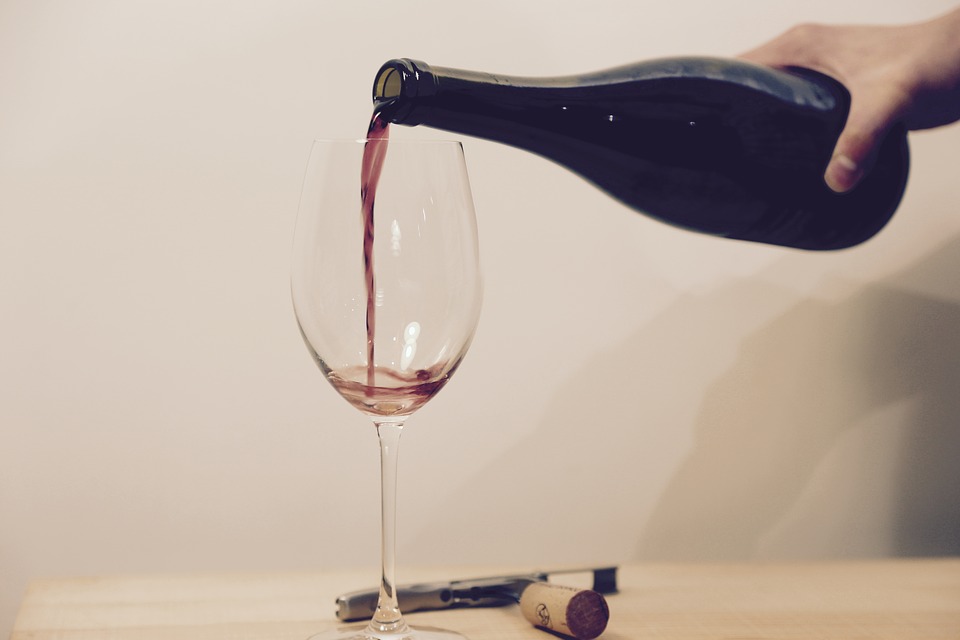A bit of history:
Wine growing in the Languedoc region takes us back six centuries BC when the Greeks planted the first vines and opened their first trading post near the town of Agde. However, viniculture in Languedoc was developed later during the rulingof the Roman Empire. Plots of land around the towns of Narbonne and Béziers were given to veteran legionaries and wine trading flourished, thanks to the “Via Domitia”. During that time, these wines were exported all the way to Greece and Upper Egypt.
Since its creation, the wine trade continued to grow steadily and wine was exported further and further away, thanks to the maritime routes of the Renaissance period, the construction of the Canal du Midi in the 17th century and the building of railroads in the 19th century. Wine is therefore one of the few commodities that stood up in the time during wars and invasions.
However, at the beginning of the 20th century, a crisis strikes wine. Overproduction from 1905 to 1907 became hard to sell. The story says that during that time, neighborhood bistros sold wine “by the hour”: customers would pay for one hour of wine consumption and could then drink any wine they wanted, as much as they wanted. The goal was to sell out the inventories.
And it is because of this production that the wine of Languedoc goes from “wine of quantity” to “wine of quality”.
Today, the Languedoc-Roussillon is the region with the largest vine growing area in the World with a total of nearly 280 000 hectares planted, spreading from the Rhône river to the Western Pyrénées mountains.
The different names
Today, the Languedoc Roussillon strives to keep this valuable commodity that is a true resource for its economy. Appellations are attached to the bottles to certify their origin and winemaking method, and above all, their quality:
- Appellation d’origine contrôlée (AOC) )
Wines under that designation are of superior quality, made under very strict regulations. To bear this AOC designation, the wines must follow specific guidelines in regard to the vineyard location, varietals, growing and production methods.
- The Local Wines
Each sub-zone of production is designated with its own Vin de Pays appellation. There are nearly 150 different ones in France. Languedoc Roussillon produces no less than 75% of the Vins de Pays, these “Vin de Pays Languedocien” account for about 25% of the French production.
Regulation is not as strict as for the AOC wines.
- The Vins de Table (Table Wine)
By themselves, they account for 40 to 50% of the French production, the table wine level of classification is the lowest in France and there are very few rules to follow to fall within this appellation. The varietals and the grapes themselves come from France as well as from different countries of the European Union.
- Indication Géographique Protégée (IGP)
The IGP is a stamp of recognition from the European Community to trace as best as possible the origin of a product. Wine have been included in this classification since 2009.
If you want to master the appellations and the food and wine pairing guidelines, you can find workshops in the town of Agde at the Gastronomicom school.
French figures
Economy :
- 66 districts in France are districts producing wine.
- France has 10% of the total surface planted with vines in the World and generates 17% of the total World production.
- Wine export account for 7.4 billions Euros for 13.7 millions hectoliters.
- Wine ranks 3rd of all French sectors of export.
Consumption:
- In France, each French person drinks half a glass of wine per day.
- France ranks second in wine consumption, drinking 12% of the total wine production in the World.
- In 2012, each French person drank an average of 50 liters per year.
Trend:
- France hosts 10 million tourists for wine-related visits each year.
- 31 museums or theme sites are dedicated to wine.
- The total surface of vineyards is equivalent to almost 755 000 hectares, or 1 million rugby stadiums.





